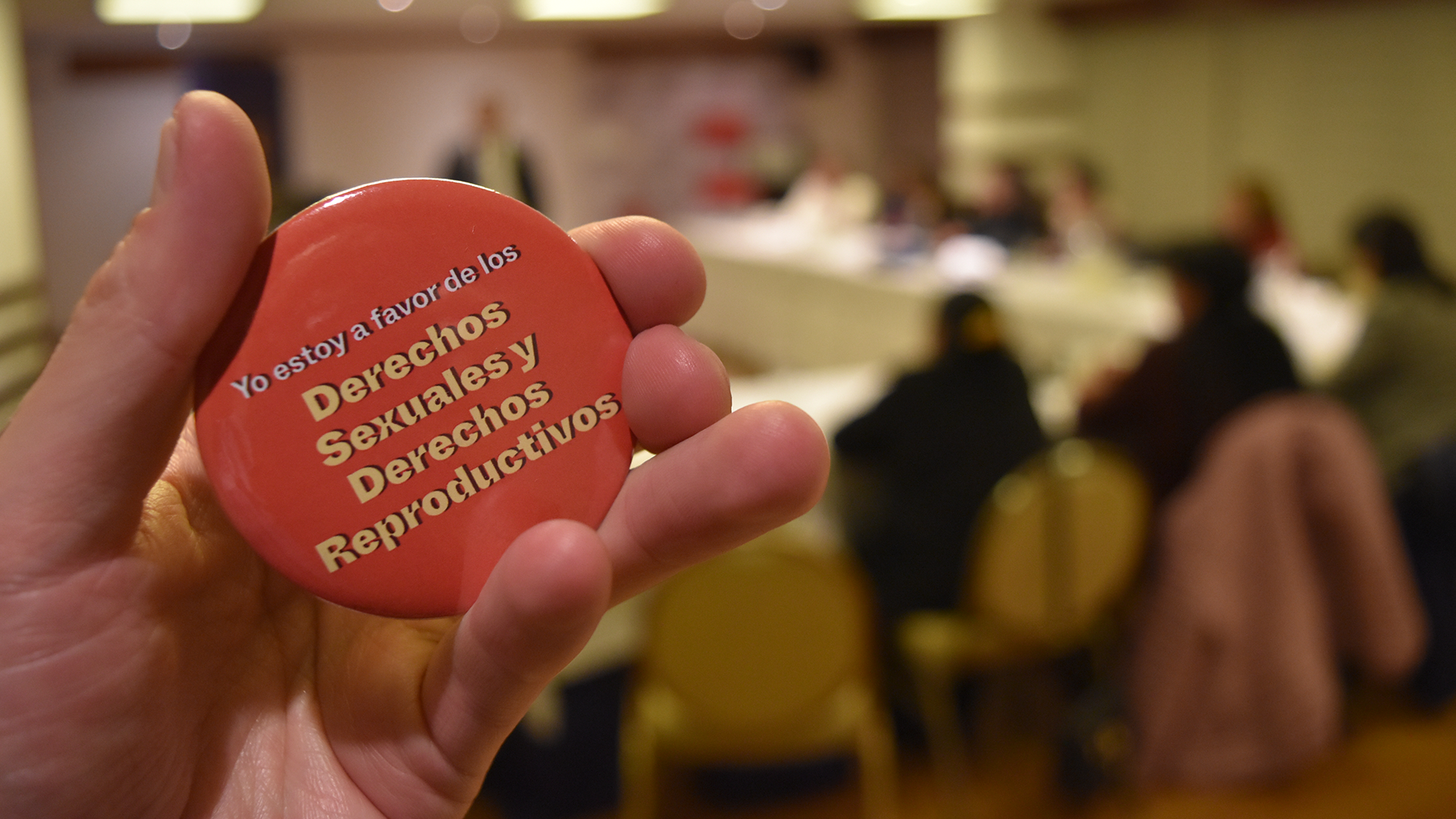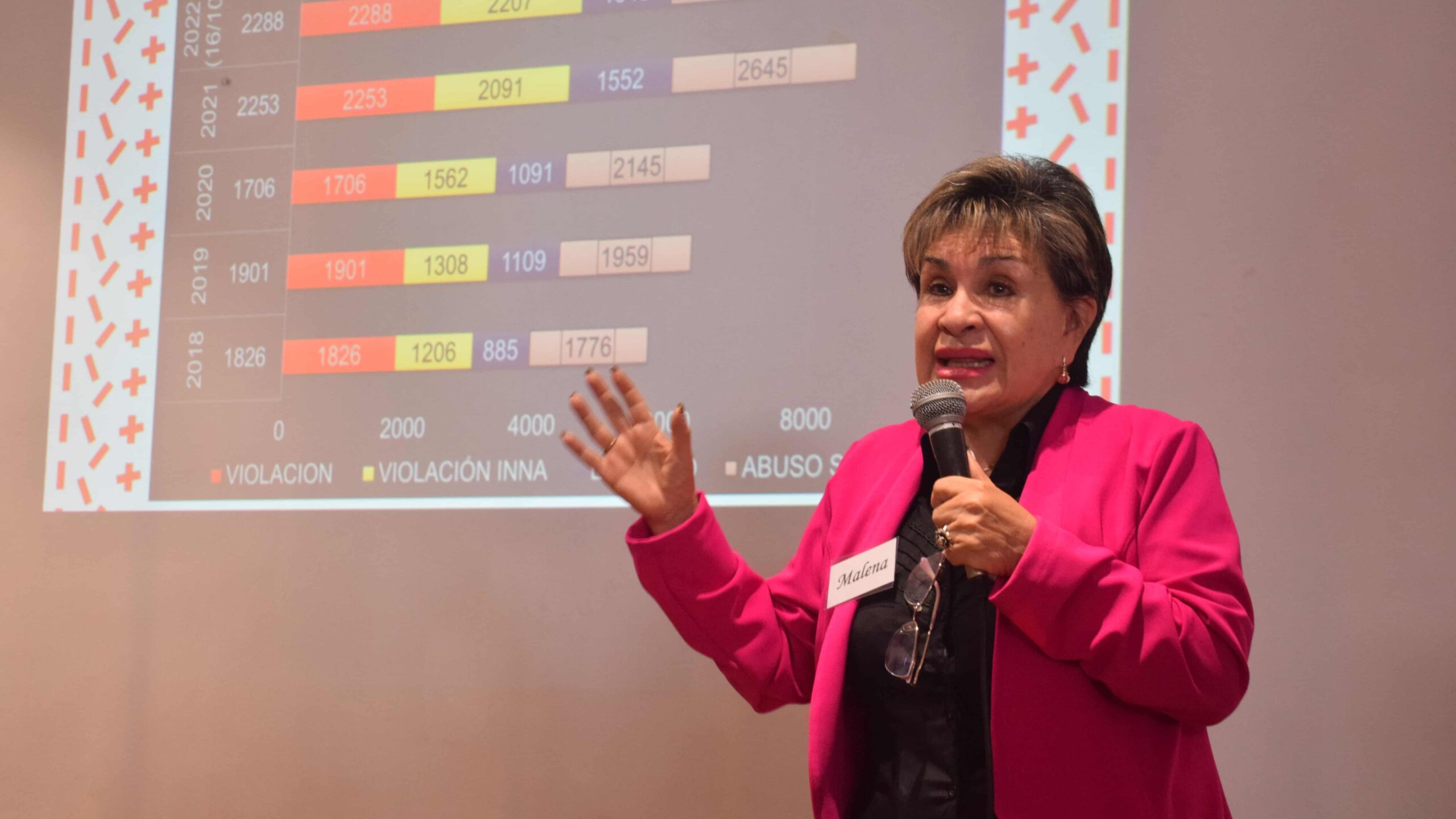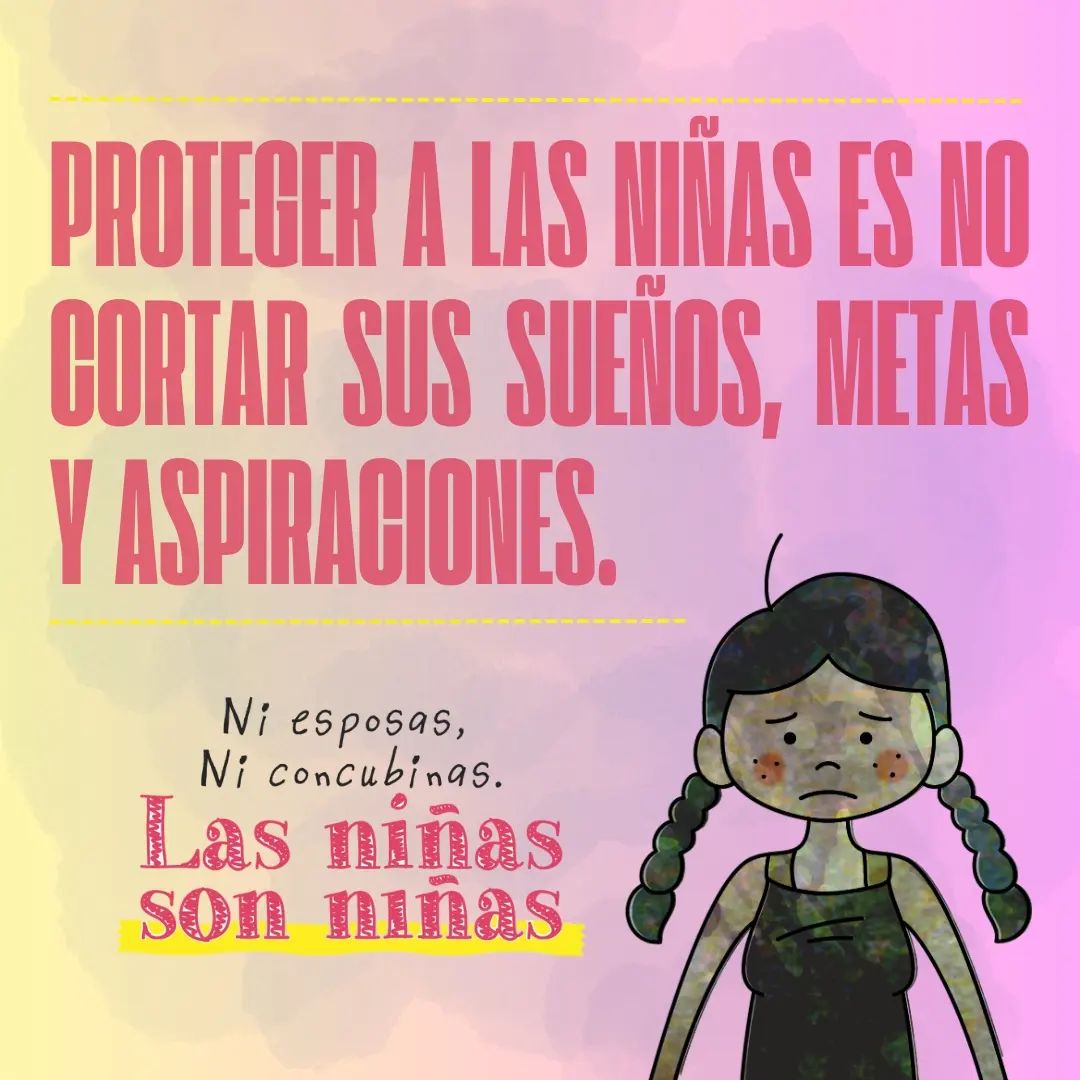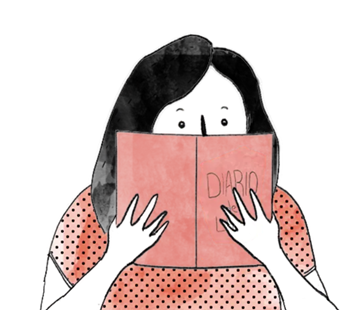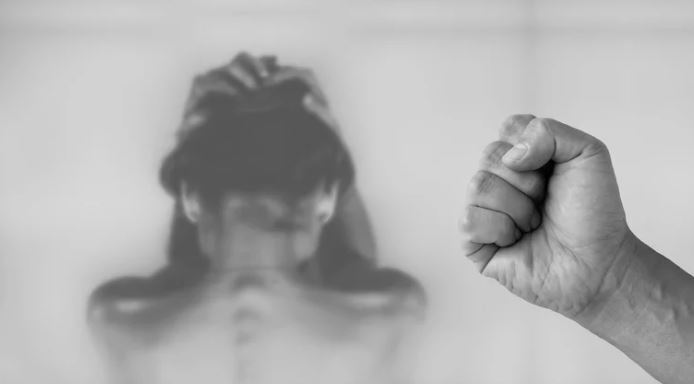It is the one that goes: initiatives on masculinities in which men themselves get involved in order to dismantle the patriarchal rules that benefit them, but whose costs they also suffer. It is in this context that the very interesting research recently published by the Public Prosecutor’s Office of the City of Buenos Aires appears.
What is this about masculinities?
Women and other identities suffer structural and historical inequalities due to the imposition of the hegemonic sociocultural patterns of the patriarchal model. This inequality crosses all areas: language (sexist and androcentric), family organization (inequitable distribution of tasks), labor relations (wage differences, underrepresentation, glass ceiling), the public sphere (micromachismo and harassment in the media, networks, transportation, cultural industry, social gatherings, sports shows) and education (devaluation of girls, homophobia, beauty stereotypes, hypersexualization of children).
What is the patriarchal model? It is a form of social organization based on the domination of a certain type of person: a male. But it is not just any male. It is a heterosexual male whose self-perceived gender identity coincides with his biological sex (cisgender male). Nor is he just that. It’s a cis and heterosexual male who is also white, Western, owned, able-bodied, etc. If you’re that male, you’re at the top of the pyramid, dude.
How is domination sustained? With sexist stereotypes about a supposed biological superiority of the male. Stereotypes are the ideas, expectations and beliefs we have about how women and men should act in society: how we should dress, what we should feel, what social functions we should fulfill. Who reproduces them? The fundamental institutions of society: the family, religion, education, science, the state, the law, the media, etc.
Masculinity is the main stereotype of the patriarchal model, since it answers the question of what it means to be a man (and, therefore, a woman). The discourses and rules with which we socialize men impose certain characteristics and expected behaviors (in addition to those we have already mentioned about sexuality, race, class, etc.).
To be a male is to be autonomous, competitive, risk-taking, strong, virile, unemotional and, in many cases, violent. This is what the Australian sociologist Raewyn Connell, who brought the issue to global attention in the 1990s (then under the name of Robert William Connell), calls “hegemonic masculinity”. These rules have an enormous cost on men, which can be seen, for example, in the higher incidence of traffic accidents due to exposure to risk or in the aggravation of diseases due to negligence in health care, which they assume from stereotypical roles of strength, fear, death, etc.
And, moreover, it is a false construction. In the world of reality there is not one but multiple ways of being a man (there are gay men, trans men, men who express their emotions, non-violent men, men who clean their homes and take care of children). Patriarchy does not accept this reality. That is why it not only subordinates women and LGBTIQ+ people.
Also de-hierarchized are children, the elderly, the poor, blacks and even cis-males, heterosexuals, whites, owners, Westerners, etc. who, at the slightest deviation from what the model expects of them, are disciplined and violated. This includes those who question or renounce their gender privileges (for example, because they do domestic work) or betray the networks of alliances and complicities among peers, even in small situations such as objecting to sexist jokes.

